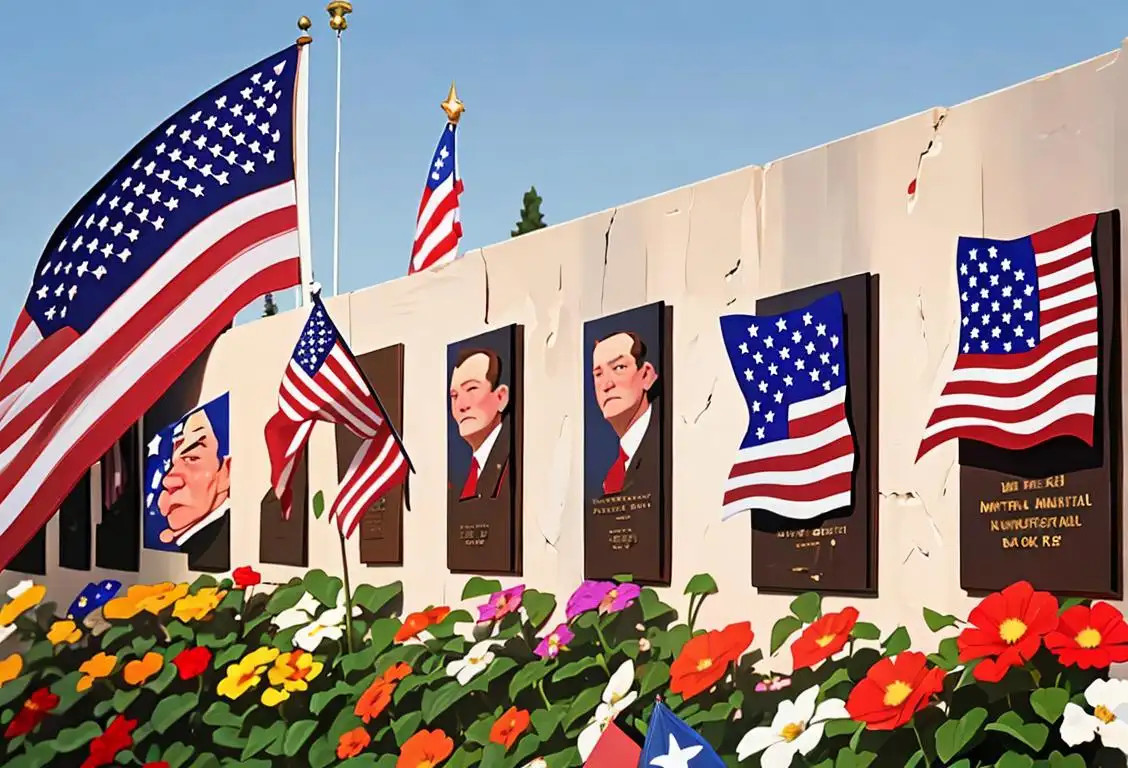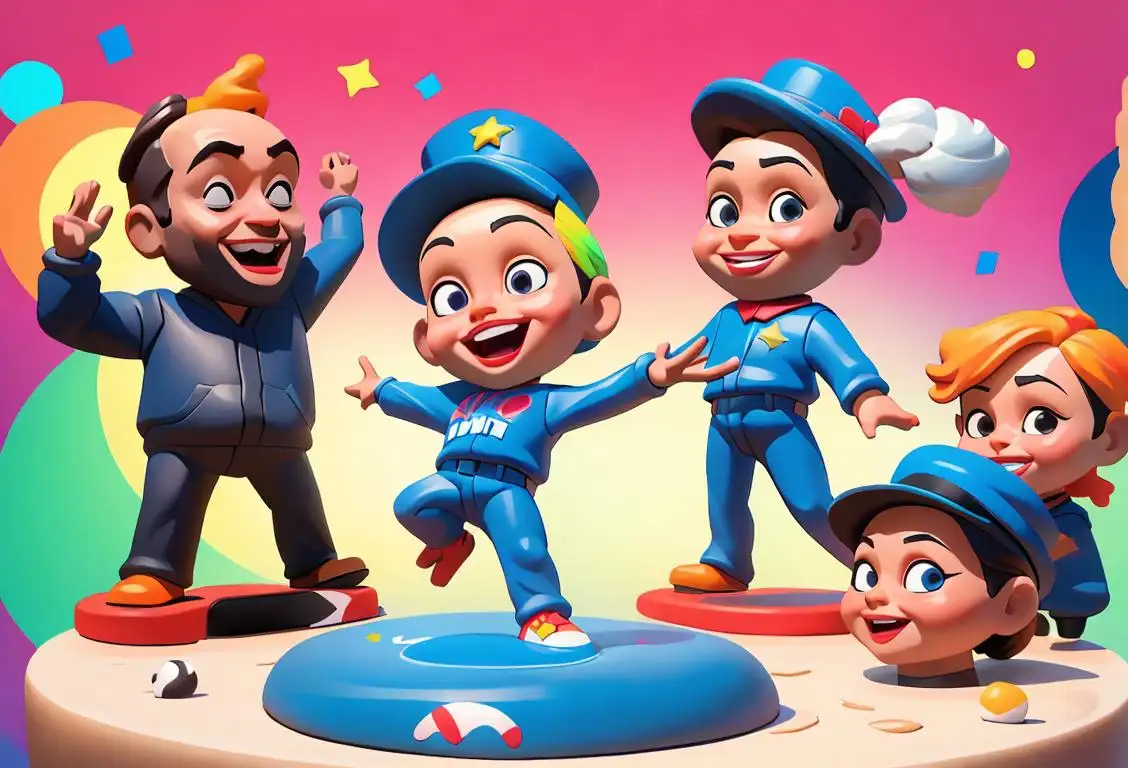National Girls And Women Is Sports Day

Welcome, sports enthusiasts and all-around awesome humans! Today, we dive into the energetic and empowering world of National Girls and Women in Sports Day. Grab your sneakers, tie up those laces, and get ready for a thrilling ride!
When is Girls And Women Is Sports Day?
It's national girls and women is sports day on the 3rd February.
A Celebration of Girls and Women in Sports
Let's kick off by shedding light on the history of this epic day. National Girls and Women in Sports Day, which we fondly call NGWSD for short, was first established in 1987. This special occasion takes place annually on the first Wednesday in February and serves as a tribute to the incredible achievements and contributions of girls and women in sports.
NGWSD aims to inspire girls and women to embrace an active lifestyle, build confidence, and develop leadership skills through participation in sports. It's all about empowering individuals to become fierce competitors, strong leaders, and unstoppable forces on and off the field!
The Power of Sports: Breaking Barriers
Sports have always played a monumental role in challenging gender stereotypes and breaking down barriers. NGWSD shines a spotlight on these achievements and encourages even more progress. From iconic athletes like Serena Williams and Simone Biles to trailblazers who paved the way before them, women in sports continue to inspire us all.
This electrifying day celebrates girls and women who aim for the stars, refuse to take no for an answer, and prove that they can achieve greatness in any sports arena.
Welcome to the Fun Zone!
Now, let's have a blast with some NGWSD fun facts:
- Did you know that the most mentions of NGWSD were on February 3rd, 2017? It seems like the world couldn't contain its excitement that day!
That's it, folks! Get out there, cheer on your favorite athletes, and feel the power of girls and women in sports. Remember, with determination and a little bit of sweat, anything is possible!
History behind the term 'Girls And Women Is Sports'
1900
Women participate in the Olympic Games.
In the year 1900, women participated in the Olympic Games for the first time. Although their participation was limited to a few events, such as tennis and golf, this marked a significant step forward for women in sports. The inclusion of women in the Olympics set a precedent for their involvement in athletic competitions on a global scale.
1926
The International Association of Girls' and Women's Sports is founded.
In 1926, the International Association of Girls' and Women's Sports (IAGWS) was established. The IAGWS aimed to promote girls' and women's participation in sports at all levels and support their advancement in athletic endeavors. This organization played a key role in advocating for gender equality in sports and providing opportunities for girls and women to develop their athletic abilities.
1972
Title IX is enacted in the United States.
In 1972, the United States passed Title IX, a federal law that prohibits sex discrimination in educational programs and activities, including sports. This legislation has had a profound impact on girls' and women's participation in sports by requiring equal opportunities and resources for both male and female athletes. Title IX contributed to the growth of women's sports in the United States and served as a model for other countries looking to promote gender equity in athletics.
1991
FIFA Women's World Cup is established.
In 1991, the first FIFA Women's World Cup was held, marking a significant moment in women's soccer history. The tournament provided a global platform for female soccer players to showcase their skills and compete at the highest level. The success and popularity of the FIFA Women's World Cup have helped elevate the status of women's soccer and inspire girls around the world to pursue the sport.
2016
Women's sports gain increased media coverage.
Over the years, there has been a growing recognition of the importance of showcasing women's sports and providing media coverage on par with men's sports. In 2016, the Summer Olympics in Rio de Janeiro witnessed a historic breakthrough in the coverage of women's sports, with several networks broadcasting events and stories highlighting the achievements of female athletes. This increased media visibility has played a crucial role in challenging gender stereotypes and encouraging more girls and women to participate in sports.
Did you know?
Did you know that the most mentions of NGWSD were on February 3rd, 2017? It seems like the world couldn't contain its excitement that day!Tagged
fun loved ones sportsFirst identified
3rd February 2017Most mentioned on
3rd February 2017Total mentions
25Other days
Suicide Prevention Month Day
Happiness Day
Drink A Beer Day
Trivia Day
Cancer Survivors Day
Take A Hike Day
Memorial Day
Foundation Day
Bobblehead Day
Bowling Day









